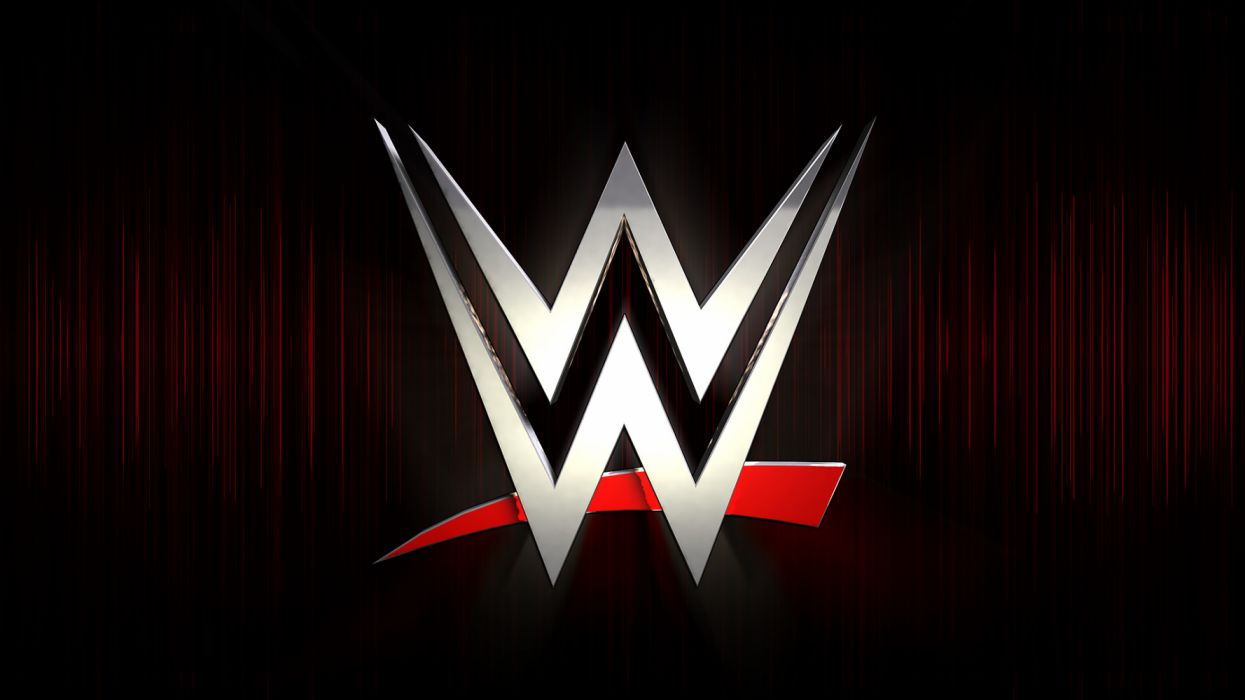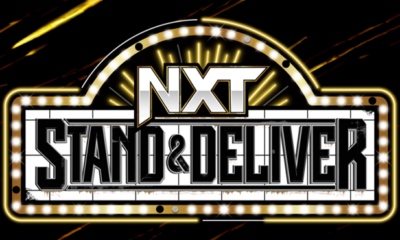3 Key Points
- Cinematic matches gained prominence during the COVID-19 pandemic as a creative way to present wrestling.
- Booker T, a WWE Hall of Famer, shares his thoughts on the place of cinematic matches in current wrestling culture.
- The decline in cinematic matches parallels the return to live audiences and traditional wrestling formats.
The Rise of Cinematic Matches
The world of professional wrestling underwent unprecedented changes in response to the COVID-19 pandemic. Promotions like WWE introduced innovative concepts like the WWE ThunderDome to adapt to the absence of live audiences. Among these innovations, cinematic matches stood out as a unique blend of pre-recorded action and storytelling, providing memorable moments at events such as WrestleMania 36. Matches like the “Boneyard Match” between Undertaker and AJ Styles, and the “Firefly Funhouse Match” between Bray Wyatt and John Cena, received acclaim for their creativity.
Booker T’s Perspective
In a recent episode of “The Hall of Fame” podcast, Booker T pondered the continued relevance of cinematic matches. He expressed appreciation for their uniqueness during the pandemic but questioned their fit in the current wrestling scene. Booker T highlighted the suitability of such matches for specific wrestlers like Bray Wyatt and The Undertaker, indicating that not every performer could adapt to this format effectively. He humorously mentioned Darby Allin, noting his potential for cinematic matches, even suggesting a fictitious one during a Mount Everest climb.
Looking Ahead
As the world of professional wrestling transitions back to its traditional format with live crowds, the frequency of cinematic matches has significantly decreased. Booker T’s insights reflect a broader conversation within the wrestling community about the utility and appeal of cinematic matches post-pandemic. While the future of cinematic matches remains uncertain, their impact during a challenging time for the industry is undeniable. Whether they return as a regular feature or remain a novel pandemic-era memory, their innovation has left a lasting mark on wrestling’s storytelling possibilities.





















